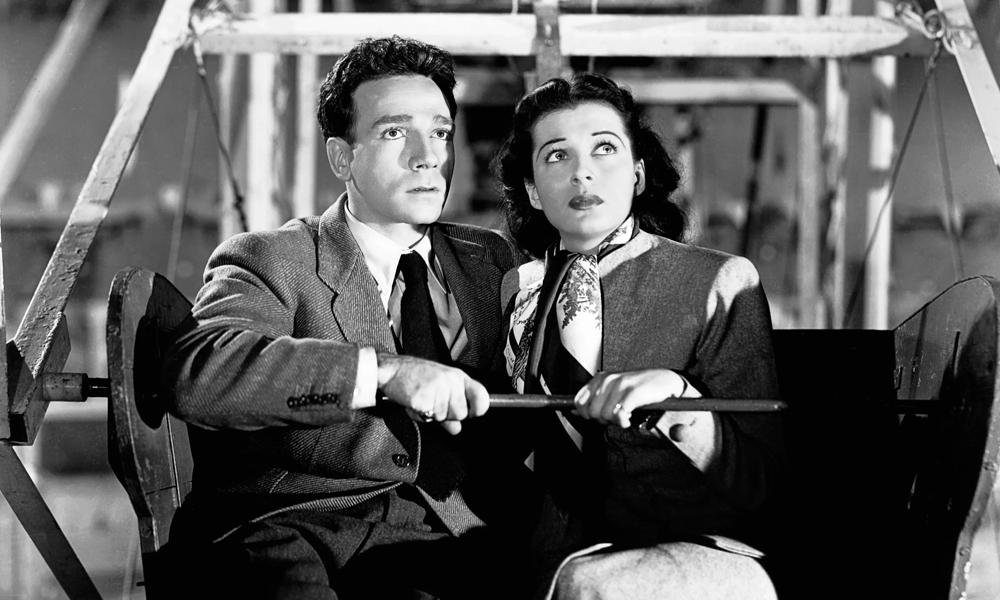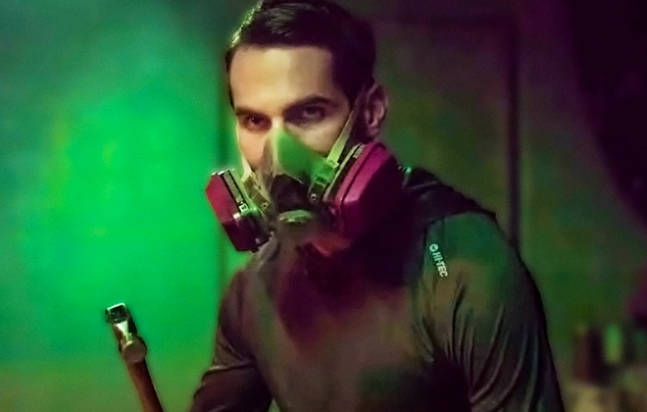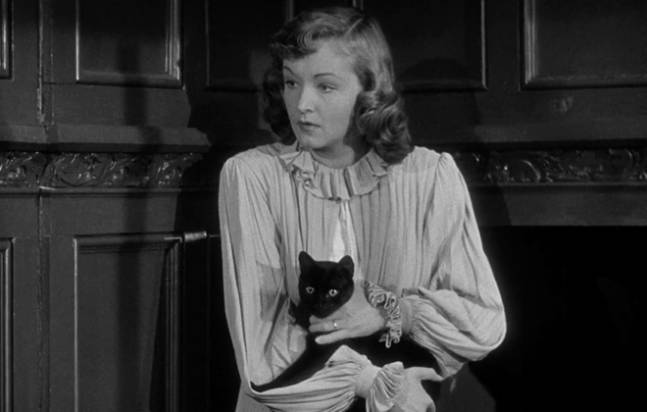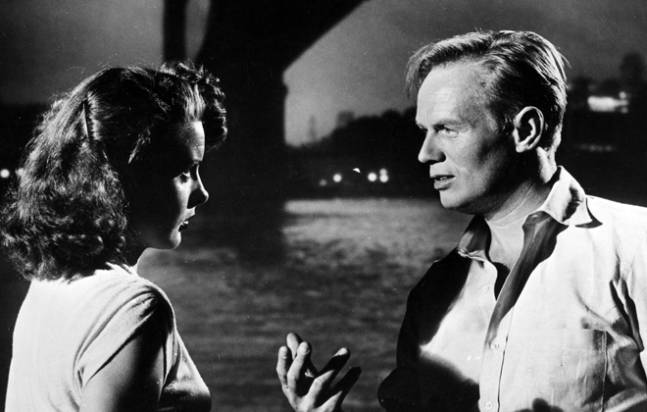November is a time for turkey and growing facial hair. It’s a time for gratitude. It’s a time for sitting in the shadows with a handful of film noirs. You know those shadowy, cynical, effortlessly cool crime thrillers that proliferated throughout the 1940s and were fundamental to the movies’ development over all the years after.
Look: “Thanksgiving film” isn’t a real genre. Nobody sits down to watch movies about the holiday. They watch whatever blockbusters or prestige pictures are out at the time. So, allow us to put forward Noirvember. It’s an alternative to the year-end deluge of studio tentpoles and awards bait, a month-long commemoration of one of America’s most important contributions to the medium.
Film noir is a broad designation made up of countless movies, so we picked out a selection of all-timers and modern bangers worth putting on your watch list. Below are the best film noir movies to watch right now.
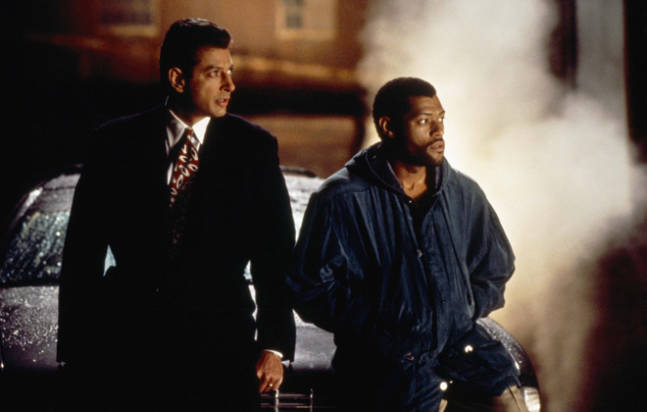
Deep Cover
Journalists reported film noir’s death in the early 1990s. When Bill Duke dropped Deep Cover in 1991, those reports proved exaggerated. An L.A. neo-noir set in 1991, Deep Cover is in so many ways a prototypical example of the niche. Conspiracy abounds, paranoia runs hot, and the lure of the rewards of criminal life outweighs honor and pride gained by serving justice. What distinguishes Deep Cover from other noir-descended films is Duke’s emphasis on blackness. Not as an accessory but as reality, not as window dressing but as identity. Traditional white noir protagonists have a one-dimensional relationship with the law. Russell Stevens Jr., alias John Hull (Laurence Fishburne), respects the law, fears the law, mistrusts the law, and hates the law, which makes his acceptance of a long-term sting assignment feel like self-imposed Hell. Deep Cover crackles. Duke has style to spare and only gains more by casting Fishburne alongside Jeff Goldblum, who trades in his hunky nerd persona for a dweeby trigger-happy machismo. The swap pays off. So does Duke’s fresh perspective on noir’s place in American cinema.
Nightmare Alley
Guillermo del Toro likes his monsters and spooks nice and literal, so why remake Nightmare Alley, one of the 1940s’ greatest film noirs? There are no wraiths here, no child-eating devils, certainly no hot fish-men. There’s just a carnival barker with greedy ambitions and a gift for a good con. Turns out del Toro likes a sideshow, too, a place where he can dig his fingers into set details, and Edmund Goulding’s original masterpiece is all about details. Goulding had a real budget to work with, something most noirs of the era didn’t. The difference shows in all of Nightmare Alley’s 111 minutes. It’s a rich-looking film. Having Tyrone Powers in the lead is a plus, too, playing a hustler who sinks in well over his head posing as a performing psychic. There isn’t any horror here, but the nightmare is real.
The Beta Test
Any movie fashioned today in the “noir” mold, classic or neo, is a rare commodity, which is a boon for Jim Cummings’ new movie, The Beta Test. Quite literally no one makes movies like this in the 2020s. But the categorization isn’t a marketing tool. It’s a necessary component for stirring up Cummings’ style of stress cinema. He stars as Jordan, a Hollywood agent in an extramarital bind. Having received and accepted an invitation for a casual no-strings fling from a source unknown, Jordan starts sweating bullets over both the letter’s author and his career’s stability. He perpetually looks like he’s on the verge of an aneurysm as if Cummings prepped for each scene by eating a pack of cigarettes and running 20 laps. The Beta Test is a comic nailbiter, convoluted and winding the way all good L.A. crime films are. It’s also one of 2021’s most existentially unsettling releases.
Moonrise
An all-timer among “sins of the father” movies, one that most likely haven’t seen because movie history forgot about Frank Borzage. Laura, Notorious, The Big Sleep, Gilda, Detour, The Third Man, Double Indemnity. These are the titles conjured in recollections of 1940s film noir. Moonrise belongs right next to them, and arguably above a few. In small-town Virginia, Danny Hawkins (Dane Clark) struggles through adulthood with the ghosts of his childhood. He’s the son of a murderer who was hanged for his crime. As a man, he’s tormented by Jerry Sykes (Lloyd Bridges), and in one fateful scuffle, Danny kills him, becoming his father’s kid and continuing a cycle of inherited violence. Borzage uses all of the tools at his disposal – camera, lighting, sets – to hem Danny in and hold doom overhead like a judge’s gavel. Borzage’s peers get all the glory, but Moonrise makes a strong case that he deserves just as much.
My Name is Julia Ross
65 minutes isn’t a lot of time to set up a plot, introduce a cast of characters, let the drama and stakes build, and then pay them all off. Joseph H. Lewis tries in My Name is Julia Ross, and largely succeeds, which is more than most movies ever bother doing. There’s a reason we remember him for Gun Crazy and So Dark the Night. They’re classics. My Name is Julia Ross is a minor effort by comparison, but Lewis directs to maximum effect and makes the most of each moment available, immediately whisking away his heroine, Julia Ross (Nina Foch), to an isolated Cornwall estate owned by ultra-rich ne’er-do-wells who gaslight her into thinking she’s someone else – for sinister purposes. Maybe there’s a stronger version of My Name is Julia Ross that clocks in at 80 minutes. Maybe that extra 15 would throw the whole formula off. At 65, it’s a damn good movie, scuff marks aside.
Pickup on South Street
Samuel Fuller’s Pickup on South Street is as memorable for its visual style as its language. Cannons! Moll buzzers! The big thumb! Brooms and binges and muffins! You’ll practically need a dictionary to make sure you’ve got the lingo down while watching this brisk picture move at a mile a second. Either that or you’ll just have to rely on context clues. Pickup on South Street follows a pickpocket (Skip McCoy) who steals the wrong wallet from the wrong woman (Jean Peters) and ends up with classified government intel stored on microfilm for his error. As so often happens, the FBI, the police, and the criminal underworld converge on the pair, pushed together by circumstance. This is the movie that ticked off J. Edgar Hoover for making light of the 1950s’ Red Scare. Fuller’s sardonic apoliticism should’ve acted like a smokescreen, but it wound up being a red flag. Exciting as the dialogue and craftsmanship are, the provocation is doubly so.
The Big Steal
On its surface, this lean, gritty chapter in Don Siegel’s storied filmography is vintage cat and mouse storytelling. Underneath, it’s about ugly Americans giving the rest of us a bad name by making a mess all across Mexico. When they aren’t herding goats onto highways, taking potshots at each other behind the wheel, or fighting in gas station cantinas, they’re speaking awful Spanish and showing worse manners. That’s the men, at least, being Patric Knowles, playing a slick mustached thief, and Robert Mitchum, playing a U.S. Army lieutenant falsely accused of stealing a large payroll. Jane Greer, Mitchum’s co-star from Out of the Past just 2 years prior, does better, comporting herself with grace whether she’s in conversation or just making her way through a port crowd. The Big Steal is tense and terse, but on top of that, it’s routinely funny, with Greer and Mitchum needling each other with one-liners between gunfire and backstabs.

